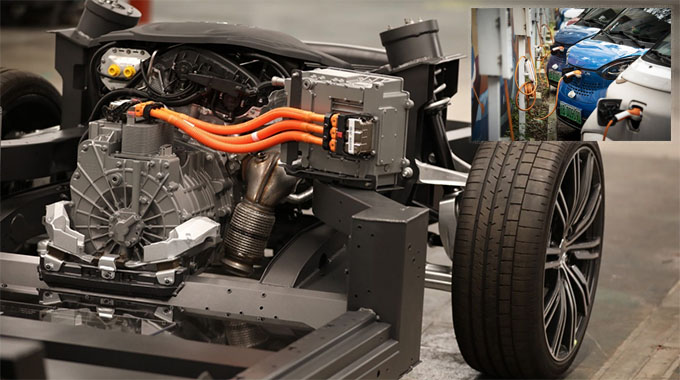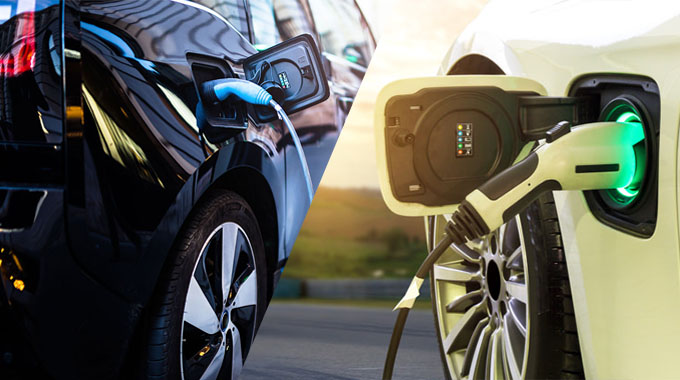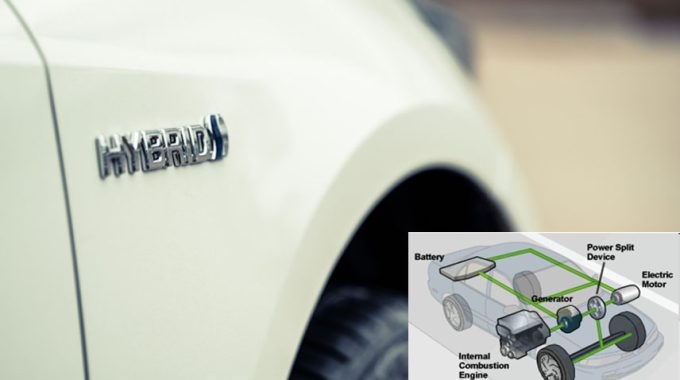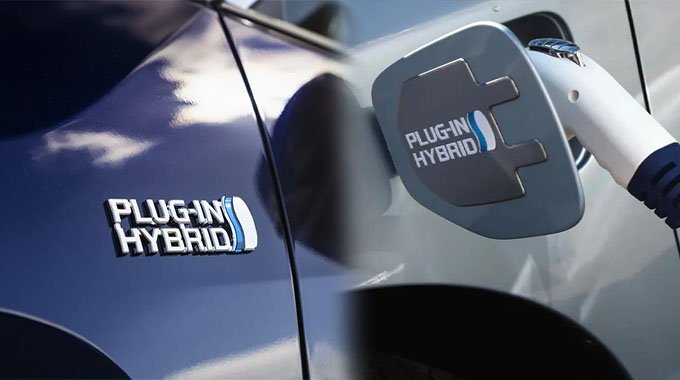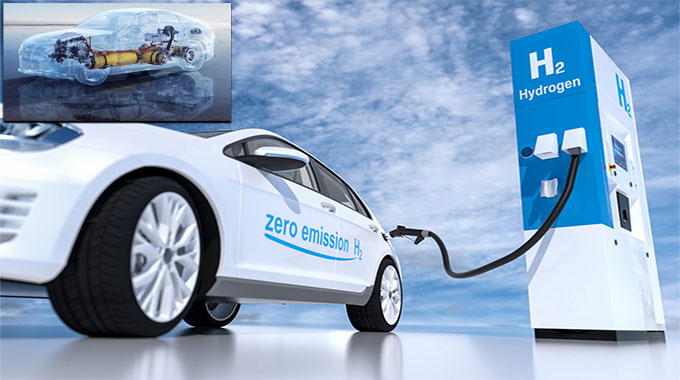An In-Depth Analysis of the Electric Vehicles Industry
The electric vehicles (EV) industry is experiencing a seismic shift, as advancements in technology, shifting consumer preferences, and global efforts to combat climate change converge to reshape the automotive landscape. In this comprehensive analysis, we delve into the key factors influencing the electric vehicles industry, exploring market trends, challenges, and the transformative potential that is propelling this sector toward an electrified future.
1. Market Growth and Projections: Accelerating Adoption
The electric vehicles industry has witnessed unprecedented growth in recent years, driven by a confluence of factors such as decreasing battery costs, government incentives, and an increasing awareness of environmental issues. Market projections indicate a continued upward trajectory, with global electric vehicle sales expected to surge in the coming decade. As automakers invest heavily in research and development, the industry is poised to witness a proliferation of new models, contributing to increased consumer acceptance and market penetration.

